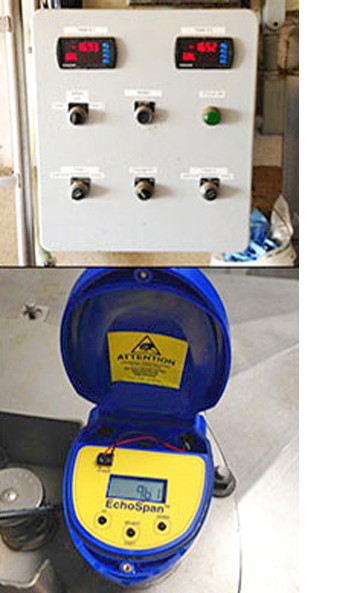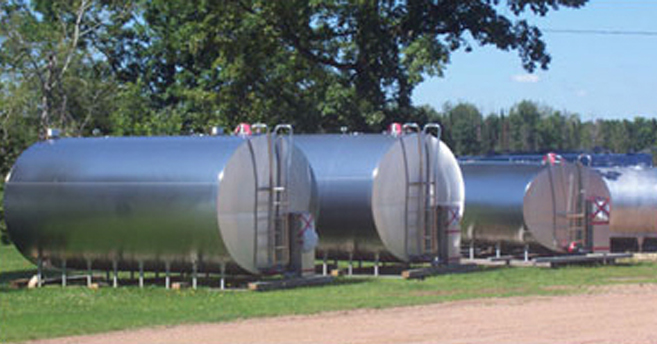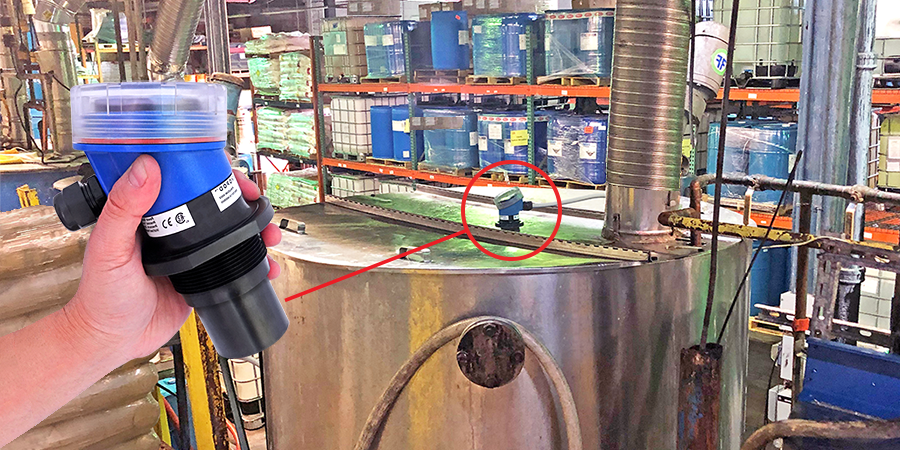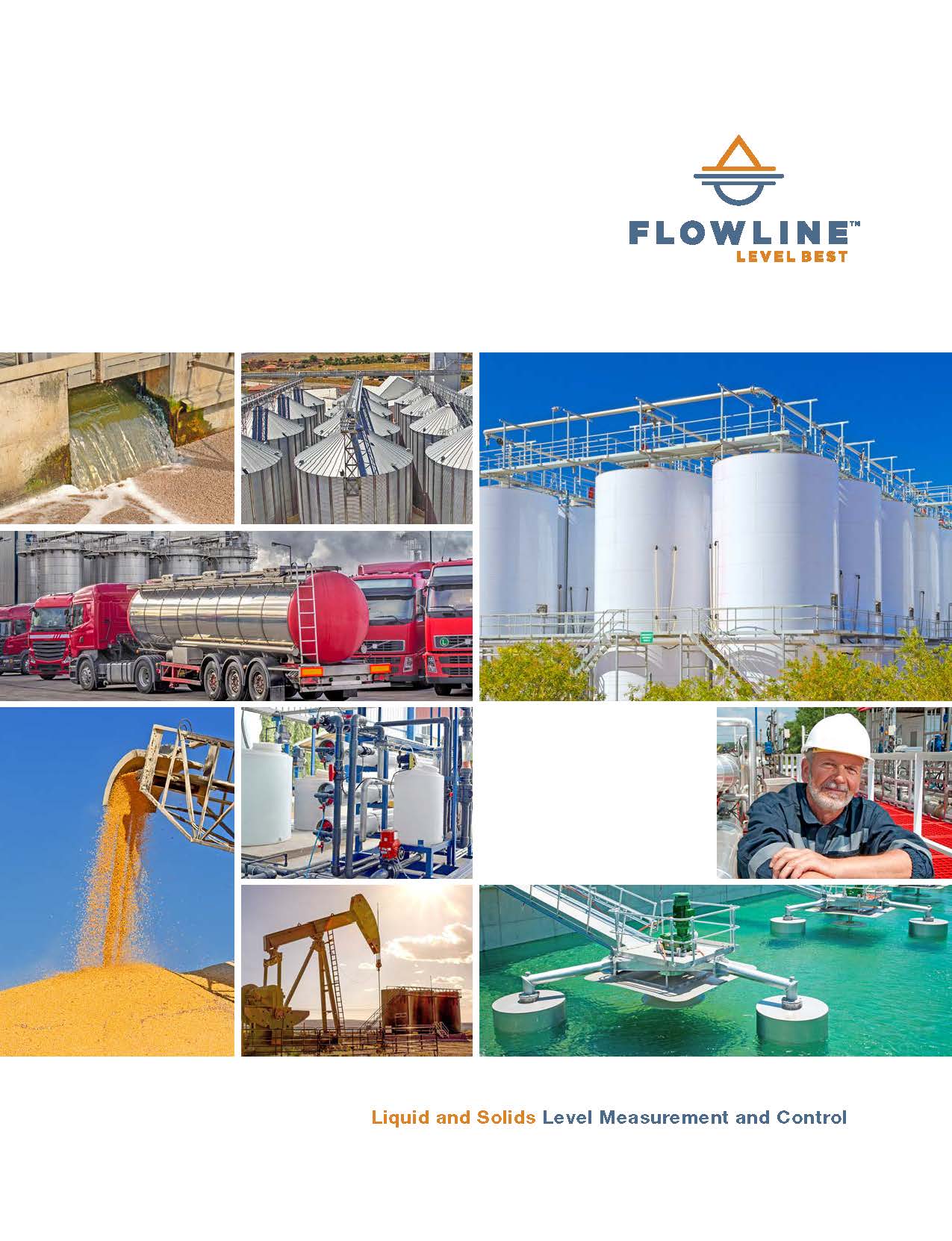|

|
|

Each year the US dairy industry produces over 20 billion gallons of milk creating $140 billion in economic output, $29 billion in household earnings, and more than 900,000 jobs. Bulk milk tanks must be sanitized within 30 minutes of the next milking cycle to destroy lingering organisms. Cleaning reduces bacterial numbers on surfaces but does not eliminate all types of bacteria. Therefore, it is imperative that the proper chemicals are used in prescribed amounts in order to achieve a complete cleaning before the next milking cycle. All milking equipment, lines, and utensil surfaces that come into contact with milk must be thoroughly cleaned and sanitized before each milking cycle. Bulk milk tanks must be cleaned after each milk pickup and sanitized before the next milking cycle. The purpose of cleaning is to remove milk soils, organic and mineral solids that form on equipment surfaces after the milk is removed. The purpose of sanitizing is to kill residual micro-organisms present on these surfaces. Without such cleaners, deposits build up and create a breeding ground for bacterial organisms. Improper cleaning allows bacteria to live and grow, resulting in elevated bacteria levels within the milk. Usually an alkaline or chlorinated cleaner is followed by an acid cleaner. Such cleaners contain basic alkalies along with phosphate, wetting and chelating agents. They dissolve milk fats, proteins, and carbohydrates, and loosen any suspend soil particles for in preparation for mechanical removal. At this dairy farm, EchoSpan ultrasonic level transmitters and DataView level controllers monitor the acid day tanks that supply the cleaning process.
|











